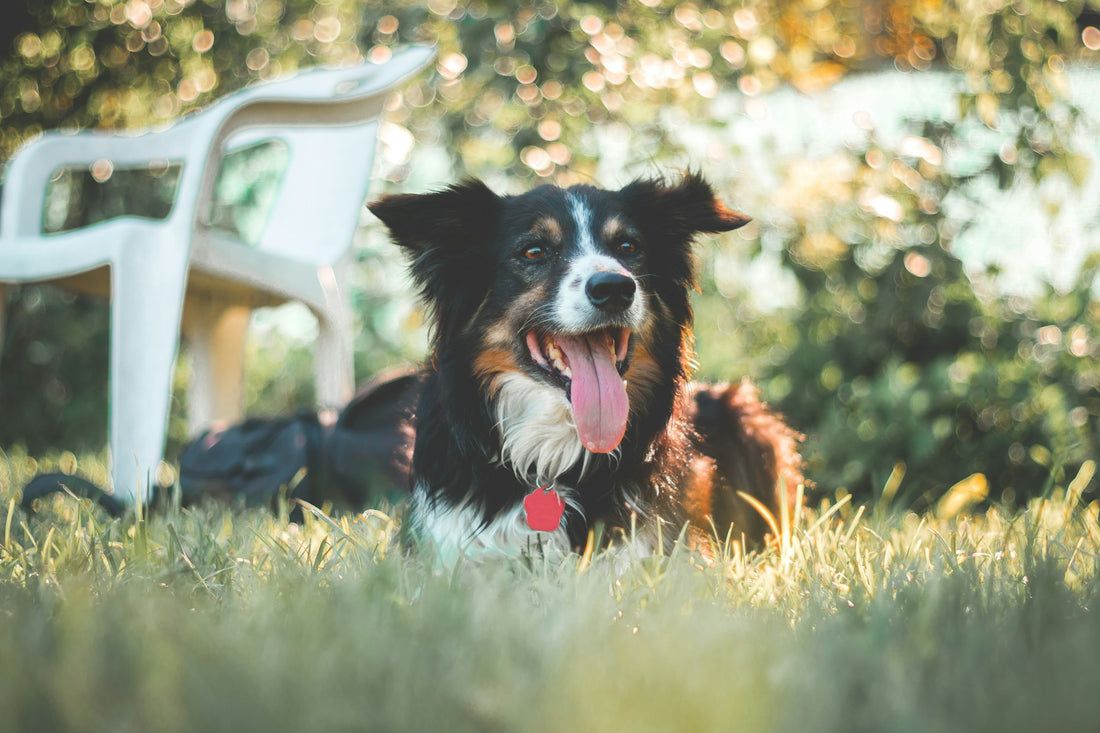Dogs, much like humans, can suffer from hay fever. This condition, also known as allergic rhinitis, occurs when they react to various environmental allergens, primarily pollen from trees, grasses, and weeds. Recognising the symptoms and seeking appropriate treatment can help alleviate your dog's discomfort.
Symptoms of Canine Hay Fever
Dogs exhibit symptoms of hay fever that are quite similar to those experienced by humans. These include:
- Sneezing: Frequent, repeated sneezing is a common indicator.
- Eye Irritation: Dogs may have red, runny, or itchy eyes.
- Runny Nose: A clear nasal discharge is often present.
- Skin Irritation: Increased itching or biting at the skin, which can lead to bald or sore patches.
- Rashes: Often found on the paws or face.
- Itching: Excessive scratching that can result in skin irritation and sores.
It's important to note that not all dogs will display all these symptoms. Some may only show skin-related issues without respiratory symptoms.
Causes of Hay Fever in Dogs
Hay fever in dogs is typically triggered by pollen from trees, grasses, and weeds. These allergens cause inflammation in the lining of the nose and eyes. Sensitivities can develop at any age, although they often appear in younger dogs.
Certain breeds are more susceptible to hay fever, including:
- Dalmatians
- Irish Setters
- Poodles
- Schnauzers
- West Highland White Terriers
Distinguishing Hay Fever from Other Conditions
Eye irritation is a common symptom of hay fever, but it can also be caused by other conditions such as dry eye. Breeds like the English Cocker Spaniel, West Highland White Terrier, Cavalier King Charles Spaniel, and Shih Tzu are particularly prone to dry eye. This condition, where dogs can't produce tears effectively, can lead to serious issues like blindness if left untreated. Therefore, it's crucial to consult a veterinarian to rule out other causes.
Treatment Options for Canine Hay Fever
Medical Treatments
- Topical Treatments: Eye drops or nasal sprays prescribed by your veterinarian can help soothe symptoms.
- Antihistamines: Certain antihistamines can be used for dogs, but always under veterinary guidance to ensure they are safe and the correct dosage is administered.
- Steroid Injections: In severe cases, a veterinarian may administer an injection to control symptoms.
Natural Remedies
- Identify and Limit Exposure: Try to identify the specific allergen causing the reaction and limit your dog's exposure to it.
- Yard Maintenance: Keep your grass cut short to reduce pollen exposure.
- Bathing and Grooming: Increase the frequency of bathing and grooming to remove pollen from your dog’s fur.
- Clean Environment: Regularly wash your dog's bedding to minimise allergens in the house.
- Timing of Outdoor Activities: Schedule walks during times when pollen counts are lower, such as early morning or late evening.
Conclusion
While hay fever can be quite uncomfortable for dogs, understanding the symptoms and seeking appropriate treatment can greatly improve their quality of life. Always consult with your veterinarian for a proper diagnosis and treatment plan tailored to your dog's specific needs.

